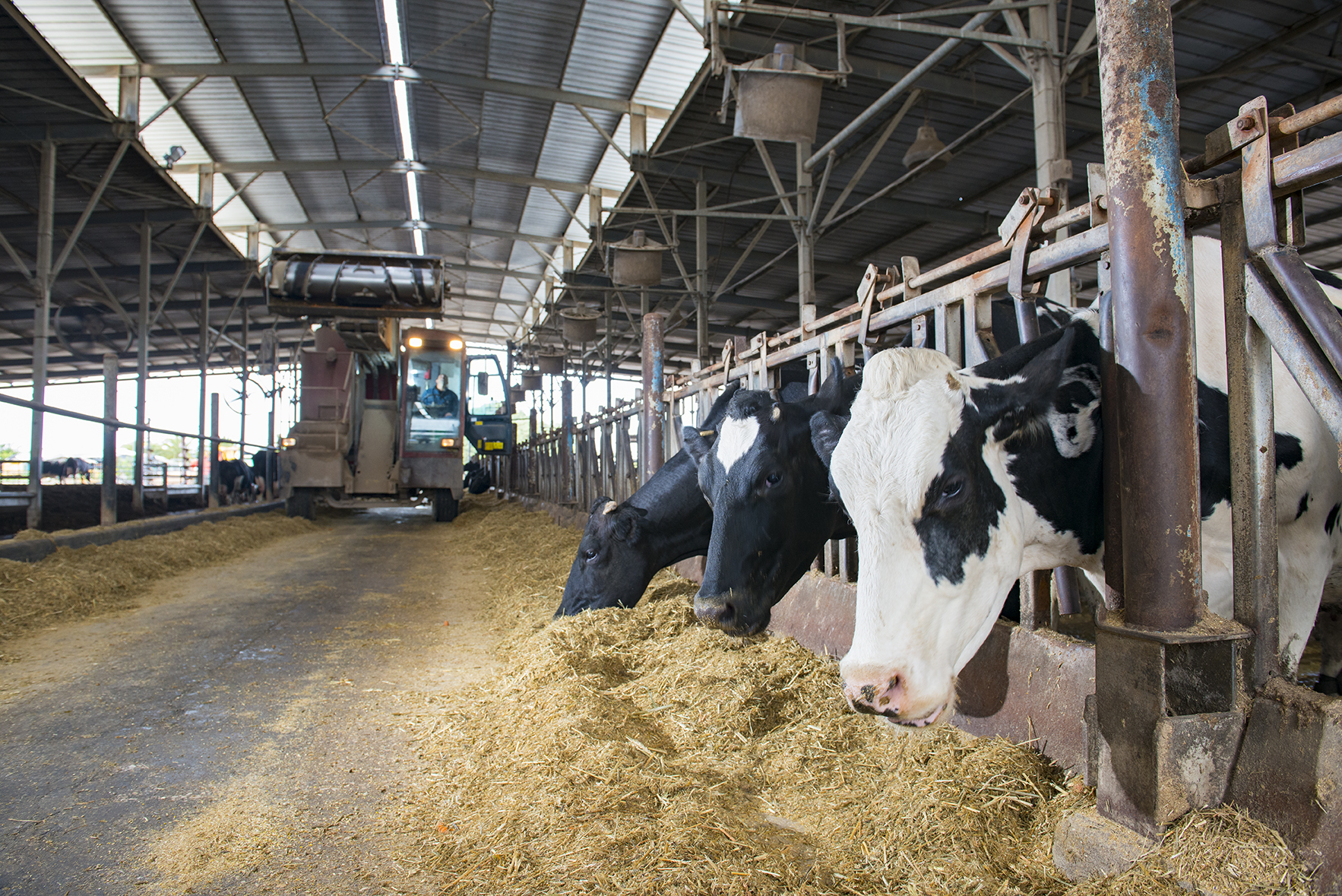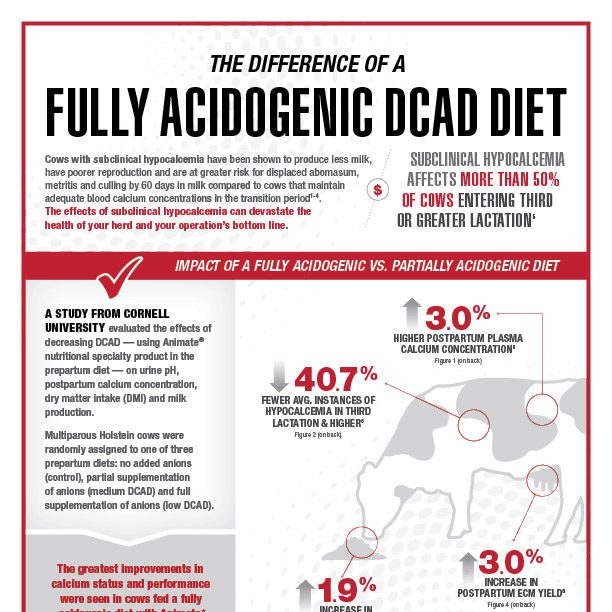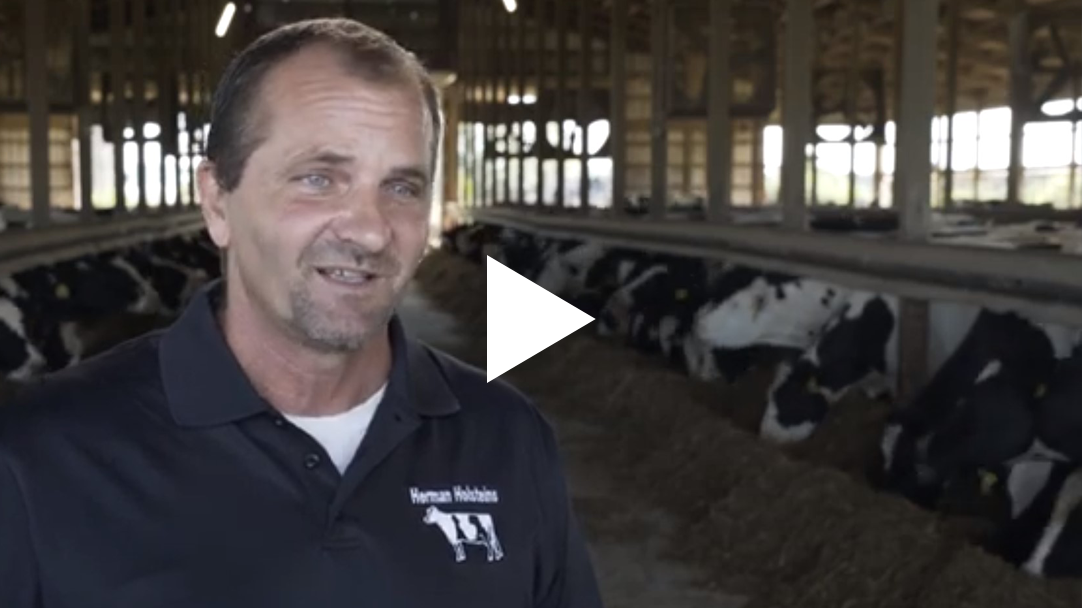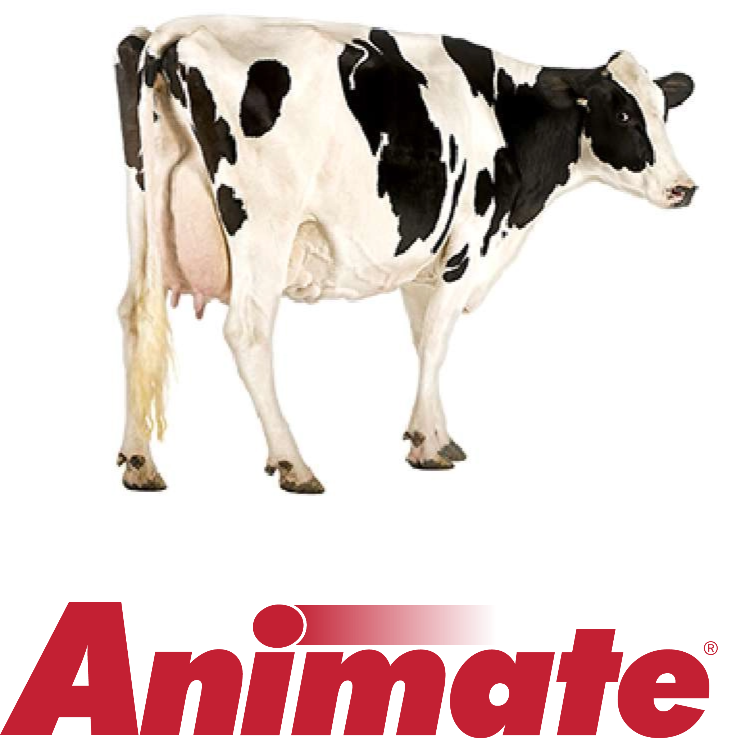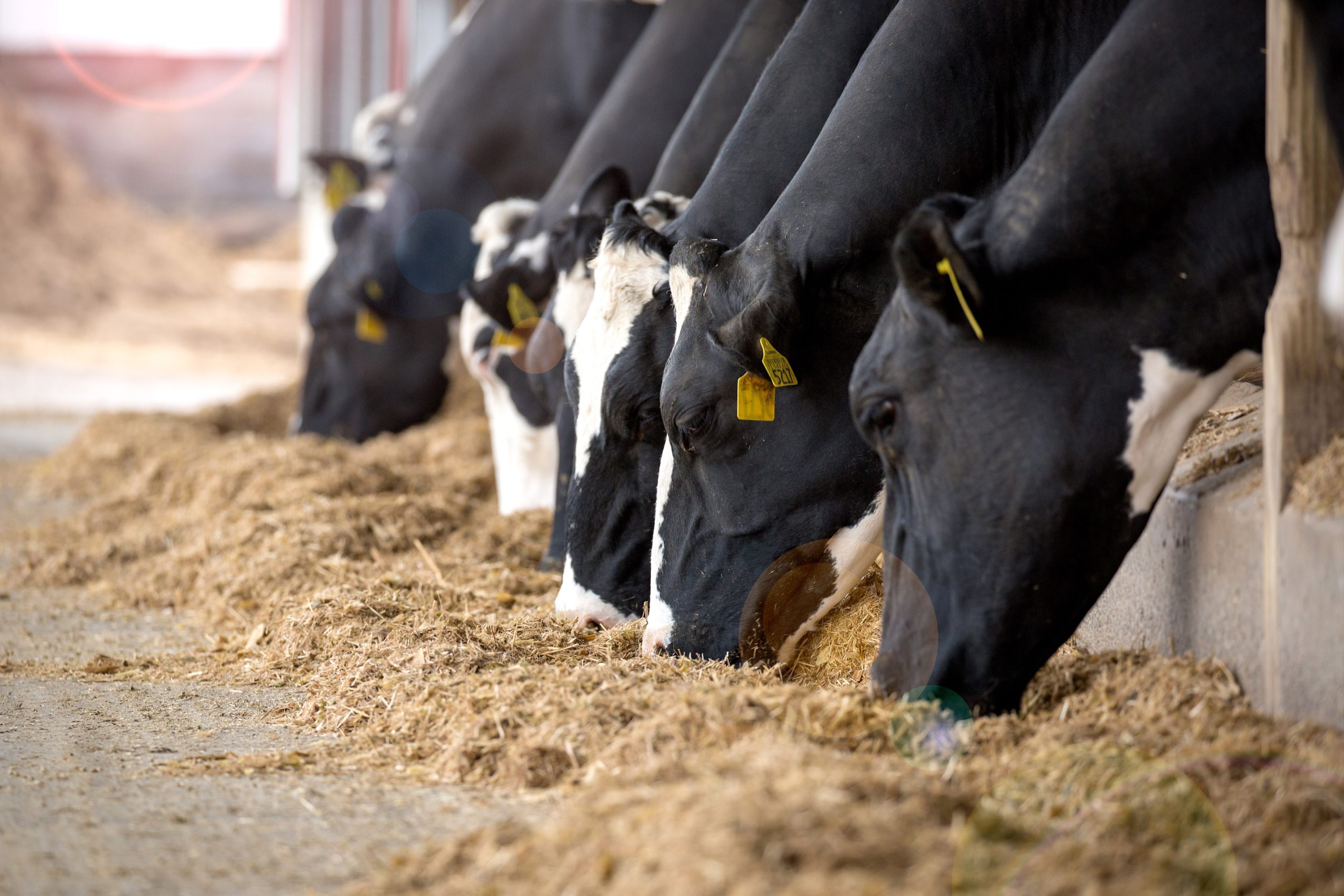
An Interview with Dr. Scott Bascom | Ph.D., Executive Technical Services Manager
Using unproven or outdated concepts can be costly. At the same time, when third-party research confirms a dairy farmer’s belief in the value of proven, cost-effective practices, it’s a confidence builder.
For example, the results of a University of Wisconsin Study* published in 2018 confirmed several key advantages of feeding a fully acidogenic, high-calcium diet using Animate® nutritional specialty product as the sole source of supplemental anions. One of the key benefits demonstrated was the increase in available (ionized) calcium – an advantage that is as valuable today as ever when it comes to maximizing a dairy operation’s bottom line.
“The results of that study are as relevant today as they were back in 2018 and maybe more so, as the profitability margins of dairies continue to have downward pressure. In today’s dairy environment, it’s particularly important to rely on proven technologies that can help profitability and not to ‘experiment’ with unproven technologies,” said Dr. Scott Bascom, Executive Technical Services Manager at Phibro Animal Health. “This independent research confirms the recommendations we are making to nutritionists and dairy producers about the benefits of feeding a fully acidogenic, high-calcium diet using Animate as the sole source of anions. When fed correctly, this strategy consistently benefits calcium metabolism. Ultimately, nutritionists and dairy producers need to believe they are doing what’s right for the cows and the business.”
The University of Wisconsin study was conducted to determine the effect of induced hypocalcemia in non-lactating, non-pregnant Holstein cows fed a fully acidogenic diet using Animate with either low, medium or high dietary concentrations of calcium.
The low-calcium diet contained 0.45% calcium, the medium-calcium level diet contained 1.13% calcium and the high-calcium diet contained 2.02% calcium.
“We observed in the field that feeding a fully acidogenic, high dietary calcium diet with Animate tended to result in better calcium status in fresh cows and better overall fresh cow performances,” says Dr. Bascom. “We wanted to confirm that with controlled research because field observations can be subjective.”
At the same time, there was a long-standing idea, based on decades-old research, that there are benefits to low-calcium diets. Those studies were conducted using dated practices, he says.
“We needed to challenge the dogma that feeding a low-calcium diet to prepartum cows is beneficial,” says Dr. Bascom.
In the study, cows were fed diets for 21 days containing Animate as the source of anions, then infused with a calcium chelator or calcium binder called EGTA to induce hypocalcemia.
“We did that at a slow rate,” says Dr. Bascom. “The goal was to infuse enough EGTA to get them to 60% of their starting blood calcium concentration, measuring time and how much EGTA it took to accomplish that.”
During the infusion period, it took significantly more time to reduce the blood calcium concentrations in the cows fed the high-calcium diet compared to cows fed the other two treatments, says Dr. Bascom. “It took over 400 minutes of infusion time for cows fed the high-calcium diet, compared to cows fed the low or medium level of dietary calcium, which were 240 and 288 minutes, respectively. It also took significantly more EGTA to induce the same level of hypocalcemia in the high dietary calcium fed cows.”
Dr. Bascom says one unexpected finding from the study was that the cows fed Animate with a high-calcium diet had statistically higher concentrations of ionized calcium during the feeding phase of the study. “Simply feeding the higher level of calcium, even without trying to drop the cow’s blood calcium to get a benefit, resulted in a statistically significant benefit.”
“The results of this study demonstrated that feeding the Animate program, a fully acidogenic, high-calcium diet, helped cows to be more resistant to a hypocalcemic challenge,” says Dr. Bascom.
Key takeaway results from the University of Wisconsin study
- Cows fed the fully acidogenic, high-calcium diet using Animate required more time during the infusion period to become hypocalcemic. Some cows, in fact, were very difficult to make hypocalcemic.
- Cows fed the fully acidogenic, high-calcium diet with Animate required more EGTA to make them hypocalcemic.
- The prepartum feeding of a fully acidogenic, high-calcium diet prepared the cows with a greater amount of available calcium. There is more calcium for colostrum and milk synthesis and for maintaining a normal blood calcium status.
* Admundson et al., 2018. J. Dairy Sci. 96:5010.
AN066323GLB ©2024 Phibro Animal Health Corporation. Phibro, Phibro logo design, Healthy Animals. Healthy Food. Healthy World. and Animate are trademarks owned by or licensed to Phibro Animal Health Corporation or its affiliates.
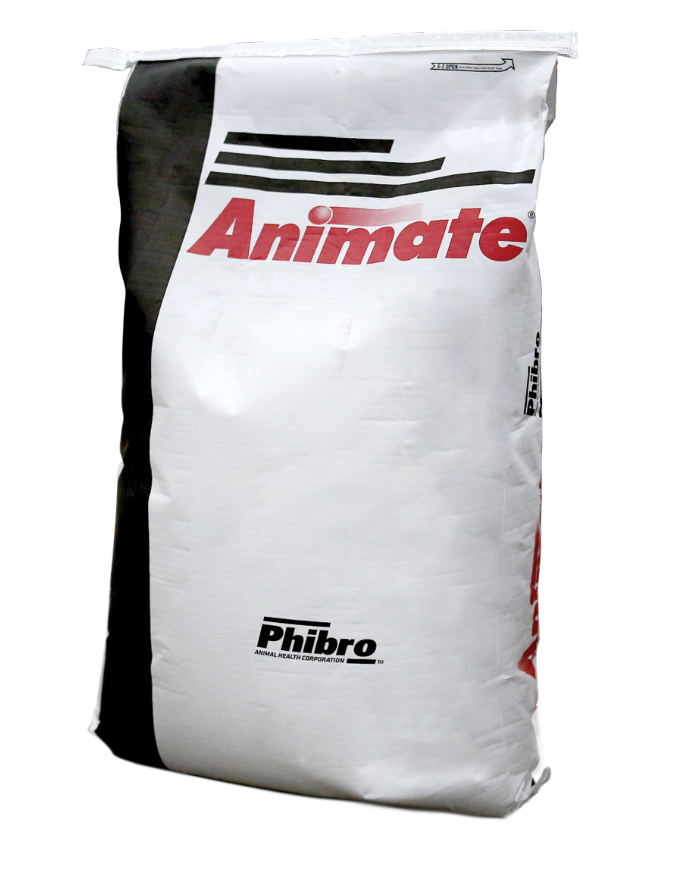
Start with the Right Anion Source
Animate® nutritional specialty product is a unique and patented anionic mineral that has been shown to help keep transition cows healthy and productive.
Learn about Animate







